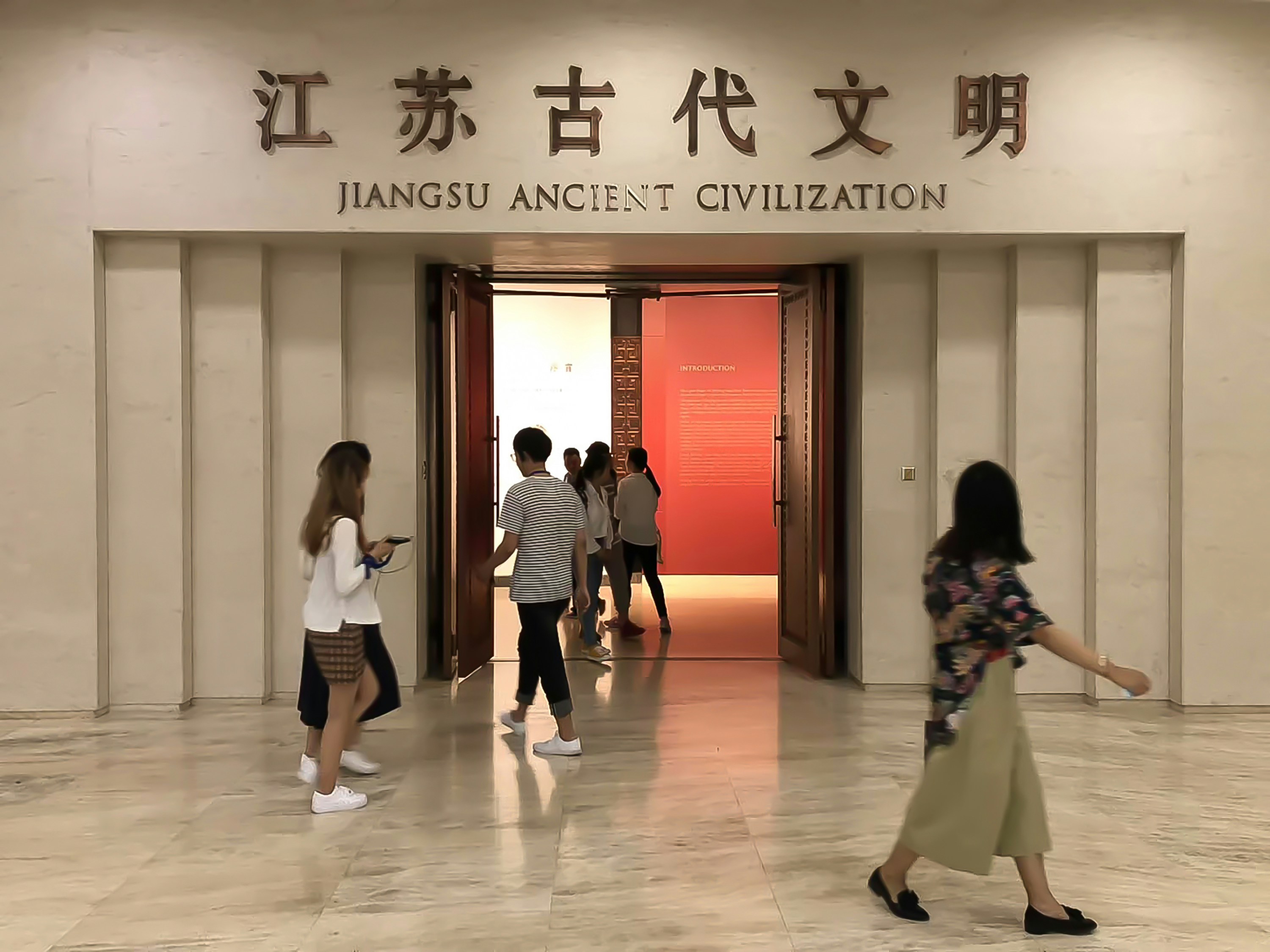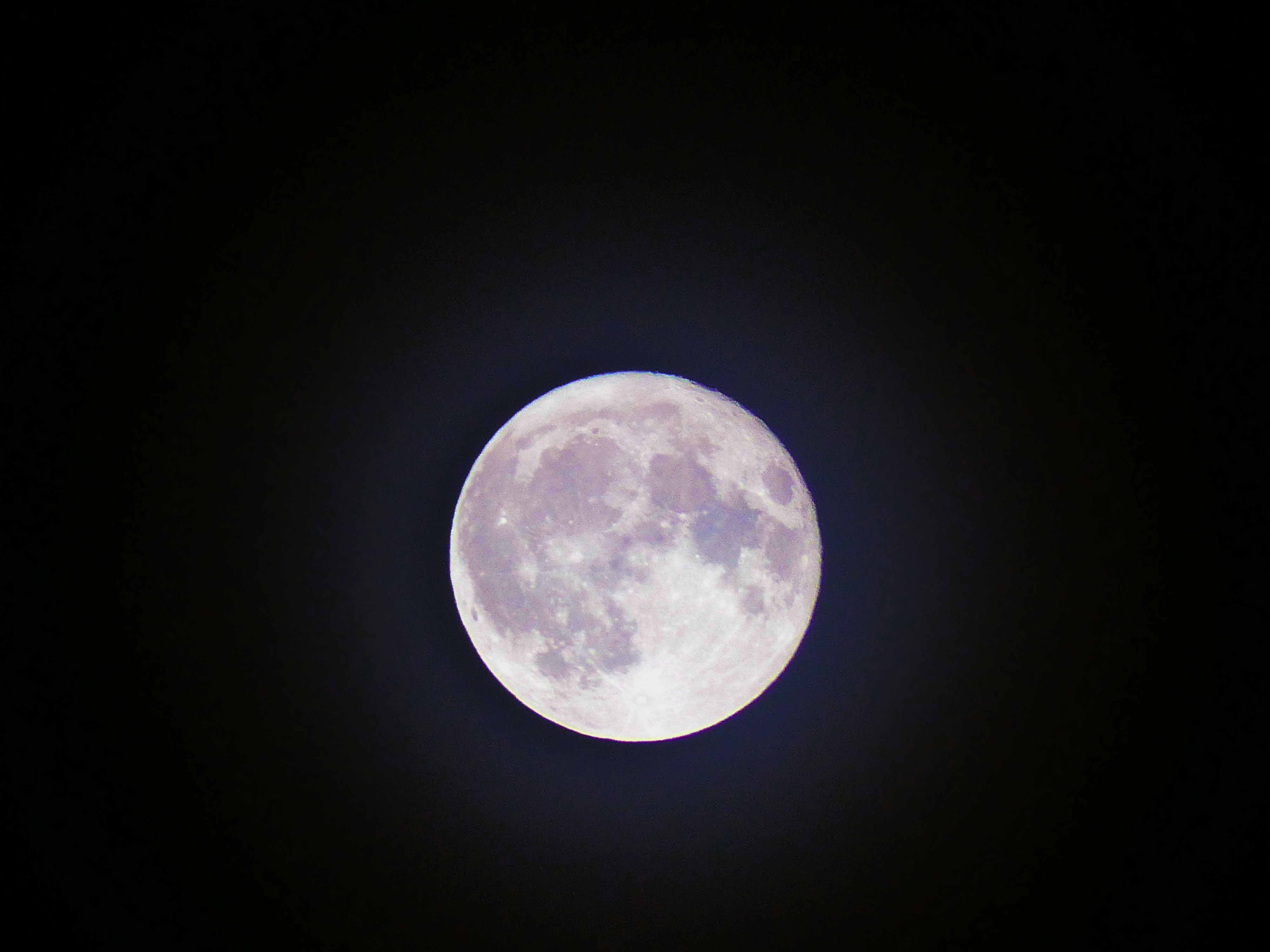
Moons, also referred to as natural satellites, are fascinating celestial bodies that orbit planets in our solar system. They vary widely in size, composition, and the environments they inhabit, showcasing the vast diversity of our universe. The study of moons is not only pivotal for understanding the dynamics of our solar system, but it also provides insights into the formation and evolution of planets themselves. Each moon contributes to the gravitational balance of its planet, influencing various aspects such as tidal forces and rotational dynamics.
Every planet in our solar system, except Mercury and Venus, has at least one moon. These moons can range from small, irregularly-shaped bodies measuring only a few kilometers across to large, spherical satellites, such as Earth’s Moon and Jupiter’s Ganymede, which is the largest moon in our solar system. The significance of these natural satellites extends beyond their size; they play critical roles in their planetary systems. For example, some moons, such as Europa and Enceladus, are of particular interest due to their potential for harboring life beneath their icy crusts.
The relationship between planets and their moons can significantly impact geological and atmospheric processes. For example, the gravitational pull of the Moon contributes to the tides on Earth, affecting marine life and coastal ecosystems. Additionally, moons can also reveal information about the planet’s history and processes, offering clues about past conditions and potential habitability. The exploration of moons continues to pique scientific curiosity, leading to missions designated to study their surfaces, atmospheres, and potential for supporting life.
As we delve deeper into the realm of moons, one can uncover numerous captivating facts that illustrate their importance and uniqueness. From the intriguing orbital patterns to diverse geological features, each moon presents a realm of mysteries waiting to be explored.
The Formation of Moons
Moons, known as natural satellites, can form through various processes, giving rise to numerous theories that explain their origins. Among these theories, the most widely accepted is the giant impact hypothesis. This theory posits that moons can arise from significant collisions between celestial bodies. A prime example is Earth’s Moon, which is believed to have formed from the debris ejected into orbit after a Mars-sized body, known as Theia, collided with the early Earth. This cataclysmic event not only shaped our Moon’s current characteristics but also influenced the dynamics of the Earth-Moon system.
Another theory regarding moon formation is co-formation, which suggests that moons can form simultaneously with their planets from the same rotating disk of gas and dust surrounding a young star. This process can be seen in some of the gas giants, such as Jupiter and Saturn. Many of their moons, like Io and Europa, likely formed from the same material that coalesced to create the planets themselves, resulting in a diverse collection of moons with distinct features.
The capture theory provides yet another perspective on moon formation. According to this hypothesis, moons may originate from external bodies that were captured by a planet’s gravitational pull. An illustrative example of this is Neptune’s moon Triton, which is believed to have been a Kuiper Belt object prior to its capture. This theory highlights the complexities of gravitational dynamics in our solar system, as well as the various paths celestial bodies may take before finding stability as moons.
Understanding the formation of moons enriches our appreciation of these celestial objects and helps unravel the mysteries of their characteristics and behaviors. Each theory provides unique insights into the cosmic events that have shaped the solar system and continues to be a topic of extensive research.
Types of Moons
Moons, the natural satellites that orbit planets, exhibit a diverse array of characteristics and origins, which leads to their categorization into several types. Understanding these categories enables astronomers and enthusiasts alike to appreciate the complexity and uniqueness of our celestial neighbors.
One of the primary classifications is the distinction between major moons and irregular moons. Major moons, often referred to as regular moons, are large satellites that have a significant gravitational influence on their parent planet. These moons typically possess stable, circular orbits that align with the plane of the planet’s orbit around the Sun. Notable examples include Earth’s Moon, Jupiter’s Europa, and Saturn’s Titan, all of which vary greatly in size, composition, and geological features.
In contrast, irregular moons are smaller and often follow eccentric orbits that are inclined to their planetary systems. These moons tend to be captured bodies, originating from the Kuiper Belt or the asteroid belt, and have more erratic paths due to gravitational disruptions. Irregular moons can display a range of sizes, from tiny asteroids to larger bodies like Neptune’s Triton, which has intriguing geophysical activity.
Additionally, moons are categorized based on their composition. Some are primarily icy, like Saturn’s Enceladus, which showcases geysers spouting from its surface, while others are rocky, such as Io, known for its intense volcanic activity. Hybrids exist as well, such as Ganymede, which contains a mix of both rock and ice. Each of these moons provides valuable insights into the histories of their planetary systems and the dynamics of celestial bodies.
The fascinating diversity among moons enhances our understanding of the universe and highlights the intricate relationships between celestial bodies, making the study of different types of moons a captivating endeavor in planetary science.
Interesting Moons of the Solar System
Within our solar system, a multitude of moons exhibit unique characteristics and intriguing features, drawing the attention of scientists and enthusiasts alike. Among these fascinating celestial bodies is Earth’s Moon, which plays a crucial role in regulating our planet’s tides and stabilizing its axial tilt. With its prominent craters and maria, the Moon’s surface reveals a rich geological history, showcasing events from billions of years ago.
Turning our gaze to Jupiter, we encounter Europa, one of the most compelling moons in the quest for extraterrestrial life. Europa is notable for its smooth, icy surface, which conceals an ocean beneath. This subsurface sea, thought to be in contact with the moon’s rocky mantle, presents a potentially habitable environment, raising the possibility of microbial life. The geysers observed on Europa’s surface further hint at the dynamic geological processes at play, making it a prime target for future exploration.
Saturn’s moon, Titan, is distinguished by its thick atmosphere and the presence of lakes and rivers of methane and ethane, creating a landscape that parallels Earth’s in unique and astonishing ways. Titan’s complex organic chemistry may provide insights into prebiotic processes, bolstering the hypothesis regarding the origins of life. Its potential for harboring life, albeit in a form vastly different from that on Earth, adds to its appeal among scientists.
Lastly, we find Triton, Neptune’s largest moon, which stands out due to its retrograde orbit, suggesting it may have been captured by Neptune’s gravitational pull. Triton exhibits geysers that expel nitrogen gas, offering a glimpse into its active geology. The study of Triton and its unique features can enhance our understanding of moon formation and the characteristics of celestial bodies in distant orbits.
Moons and Their Effects on Planets
Moons play a pivotal role in the dynamics of their parent planets, influencing various physical and geological processes through their gravitational pull. One of the most notable effects is the creation of tidal forces. These forces result from the differences in gravitational attraction exerted by the moon on the planet’s near and far sides. This phenomenon is most prominently observed on Earth, where the moon’s gravitational influence leads to the rise and fall of ocean tides. However, this effect is not limited to Earth; large moons in other planetary systems also contribute to tidal heating, which can spur geological activity and surface changes on the planet.
Additionally, moons significantly impact the rotational dynamics of their respective planets. They can stabilize axial tilt, which is crucial for maintaining a consistent climate. For example, Earth’s moon has been essential in regulating our planet’s axial tilt, thus ensuring relatively stable seasons over extended periods. Without such a stabilizing influence, a planet may experience extreme variations in climate, possibly affecting its habitability. In the context of exoplanets, understanding the relationship between moons and their parent planets could offer insights into their potential to support life.
Moreover, moons can contribute to various geological processes, including volcanism and tectonic activity. Tidal heating caused by the gravitational interplay can generate enough internal energy to sustain volcanic eruptions, as seen on Jupiter’s moon Io. This moon is one of the most geologically active bodies in our solar system due to the intense tidal forces exerted by Jupiter and the other Galilean moons. Such interactions provide valuable clues about the geological evolution of moons and their parent planets alike.
In conclusion, the intricate relationships between moons and their planets extend beyond mere companions; they shape the physical characteristics, climate stability, and geological activity of their parent worlds. Understanding these influences broadens our comprehension of planetary systems and the complexities inherent in their formation and evolution.
Moons Beyond Our Solar System
The exploration of moons beyond our solar system, known as exomoons, has become an increasingly fascinating field of study for astronomers and astrobiologists alike. These celestial bodies orbit exoplanets, which are planets located outside our solar system. The discovery of exomoons opens up new avenues for understanding the universe, particularly in the context of astrobiology and the search for extraterrestrial life.
One primary method of detecting exomoons involves the observation of transits. This technique is similar to that used to identify exoplanets, where researchers monitor the light from a distant star for periodic dimming. If a planet with a moon transits in front of a star, a slight variation in the light curve might indicate the presence of that moon. Other methods, such as gravitational influence and direct imaging, are also being employed, although they are more challenging due to the vast distances involved and the faintness of these celestial bodies.
The potential for exomoons to harbor life makes them particularly intriguing. Research suggests that moons located within the habitable zone of their parent planets could present conditions favorable for life. For instance, if an exomoon is sufficiently large, it might retain an atmosphere and possess liquid water on its surface, creating an environment that mirrors some aspects of Earth. Scientists are now focusing on the characteristics that such moons should possess to support life, including their orbital dynamics and geological activity.
Future missions and advanced observational technologies will undoubtedly enhance our capability to detect and analyze exomoons. As we venture further into this celestial realm, researchers hope to uncover their unique properties and their interplay with the parent planets. This knowledge could ultimately provide profound insights into the evolutionary processes that govern planetary systems throughout the universe.
The Role of Moons in Space Exploration
Moons, as intriguing celestial bodies, have often become focal points in the realm of space exploration. Historically, they serve not merely as companions to their planets but as unique environments worthy of investigation. The Moon, Earth’s only natural satellite, was the first celestial body to be visited by humans during NASA’s Apollo missions from 1969 to 1972. These landmark missions provided critical insights into lunar geology and the possibility of human habitation beyond Earth.
Beyond our Moon, other moons in the solar system showcase diverse and fascinating characteristics, demanding a closer inspection by scientists and researchers. For instance, Europa, one of Jupiter’s largest moons, is believed to harbor a subsurface ocean beneath its icy crust. This makes Europa a primary candidate in the search for extraterrestrial life. The ongoing efforts by NASA and the European Space Agency aim to explore this enigmatic moon further through the Europa Clipper mission, which is set to launch in the mid-2020s. Such missions may provide unprecedented data on the moon’s potential habitability.
Another notable target for exploration is Saturn’s moon Titan, which is unique due to its dense atmosphere and liquid methane lakes. The Dragonfly mission, planned to launch in 2027, will utilize a rotorcraft lander to traverse the moon’s surface, conducting detailed analyses of its geology and organic chemistry. By targeting these moons, space agencies hope not just to understand the moon’s environments but also to gain insights that may inform future human exploration and utilization of these celestial bodies.
The exploration of moons not only enhances our comprehension of the solar system’s history and formation but also expands the horizon for potential human colonization. As we continue to refine our technologies and strategize our missions, the role of moons in space exploration is poised to grow, offering tantalizing prospects for discovery and knowledge.
Cultural Significance of Moons
The moon has held a significant place in human culture for millennia. Across various civilizations, it has been revered, feared, and celebrated, serving as a focal point in mythology and folklore. Many early societies constructed their calendars based on the lunar cycles, recognizing the moon’s influence on agricultural practices, tidal movements, and even human behavior. The phases of the moon have inspired countless rituals and festivals, often symbolizing regeneration, fertility, and the passage of time.
In various mythologies, moons are endowed with specific personalities and characteristics. For instance, in ancient Greek mythology, Selene was the goddess of the moon, depicted as a beautiful woman driving a chariot across the night sky. Similarly, in Hindu mythology, the moon is personified as Chandra, who is associated with various stories and holds symbolic significance relating to time and growth. These narratives shine a light on how different cultures perceive and interpret the moon, showcasing its importance in human history and civilization.
The symbolism of the moon extends beyond mythological narratives and deeply into art and literature. Romantic poets and writers have often employed the imagery of the moon as a metaphor for beauty, longing, and the unattainable. The cycle of the moon—as it waxes and wanes—serves as a profound symbol of change, impermanence, and renewal. Artists, too, have found inspiration in the moon’s ethereal glow, sculpting works that capture its reflective qualities and the tranquility it brings to the night sky.
Through these various lenses, the moon is more than just a celestial body; it embodies the human quest for meaning and understanding in a vast universe. Its cultural significance spans continents and eras, integrating into rituals, beliefs, and the arts, ultimately enriching human life with a sense of wonder towards the cosmos.
Conclusion and Future Research
Throughout this exploration of moons, we have uncovered various fascinating facts that underscore their significance within our solar system and beyond. From the geological diversity of Earth’s Moon to the expansive, ice-covered surfaces of Jupiter’s Europa and Saturn’s Enceladus, each moon presents unique characteristics and potential for future discoveries. The study of moons not only enriches our understanding of planetary systems but also provides pivotal clues about the formation and evolution of celestial bodies.
Furthermore, the ongoing research in lunar studies exemplifies the breadth of interest in these natural satellites. Missions such as NASA’s Artemis program aim to return humans to the Moon, paving the way for an unprecedented understanding of lunar geology and potential resources. Similarly, explorations of other moons, particularly those that might harbor subsurface oceans or geological activity, hold significant promise. Such moons could contain the building blocks for life and offer insight into exobiology.
Investments in technology and international collaboration are paramount as researchers set their sights beyond our own Moon. Future lunar bases and missions to distant moons are expected to expand our knowledge significantly. By utilizing advanced robotics and remote sensing technology, scientists can gather critical data regarding the composition and morphology of these celestial bodies, shaping a clearer picture of our cosmic neighborhood.
In conclusion, the quest for knowledge about moons is an exciting frontier in contemporary astronomy. With each new mission and discovery, the mysteries surrounding these celestial neighbors deepen, reflecting humanity’s insatiable curiosity and our drive to explore the universe. The potential contributions of moons to our understanding of planetary science, astrobiology, and the history of our solar system are immeasurably valuable, making them worthy of continued research and exploration.

















Navigating the AI landscape can be tricky, but tyy.AI Tools simplifies it with curated, vetted solutions. Their AI Video Tools section is especially helpful for creators looking to streamline their workflow. A great resource for smart, efficient tech choices.